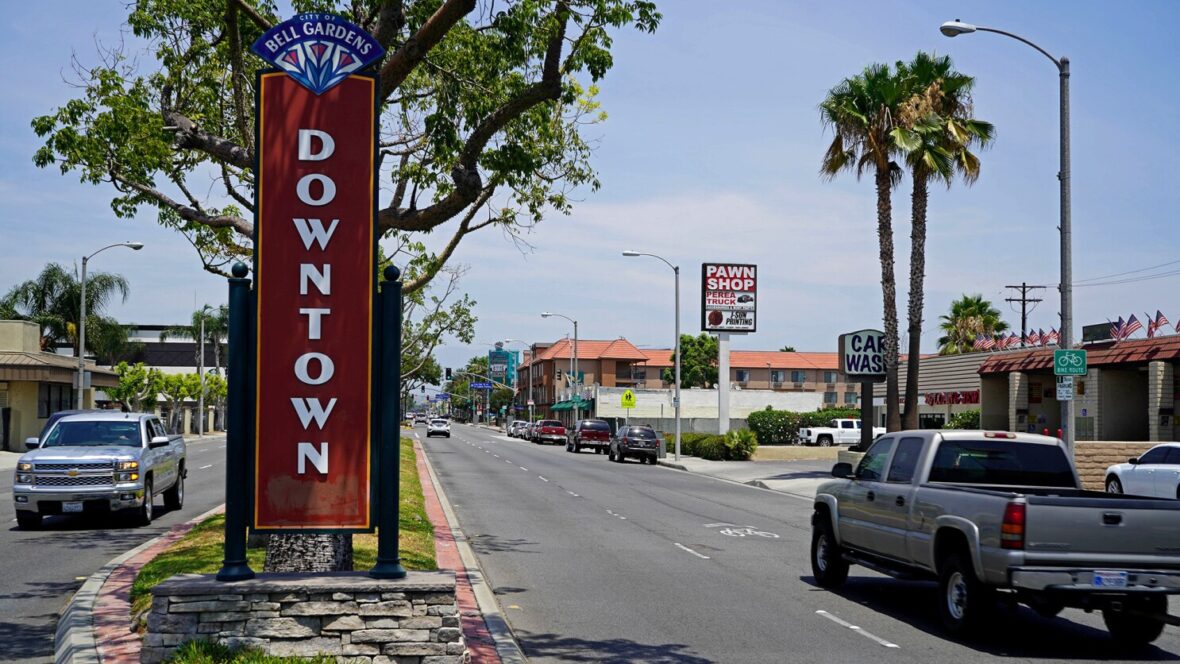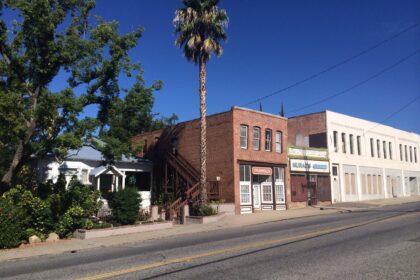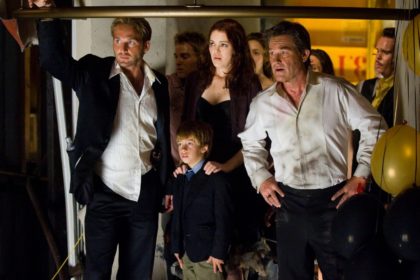Bell Gardens is a city in the US state of California in the Los Angeles metropolitan area. Take a look below for 25 incredible and amazing facts about Bell Gardens, California, United States.
1. Located in Los Angeles County, the city’s population was 42,072 at the 2010 census, down from 44,054 at the 2000 census.
2. Bell Gardens is part of the Gateway Cities Region, a largely urbanized region located in southeastern Los Angeles County.
3. Bell Gardens is notable for being one of only six Los Angeles County cities (out of 88 total) to permit casino gambling and for being home of the oldest building in Los Angeles County.
4. Bell Gardens is named after James George Bell, an American businessman.
5. The “Gardens” in its name derives from the many Japanese who, early in Bell Gardens’ existence, established vegetable gardens and rice fields.
6. The adjacent city of Bell is also named after James George Bell as well.
7. Bell Gardens has a Native American history dating back thousands of years.
8. In the late 18th century, when the area was associated with a large amount of land situated along the lower basin of the Rio Hondo area in Los Angeles County, Bell Gardens was once a bustling agricultural center for Californios during the Spanish Empire, 1509–1823, the Mexican government, 1823–1848, and the United States, after the Mexican-American war concluded in 1848.
9. Among those early Spanish settlers was one of California’s first families, the Lugos.
10. While stationed at Mission San Antonio de Padua near Salinas, California, Francisco Lugo’s son Antonio Maria Lugo was born in 1783.
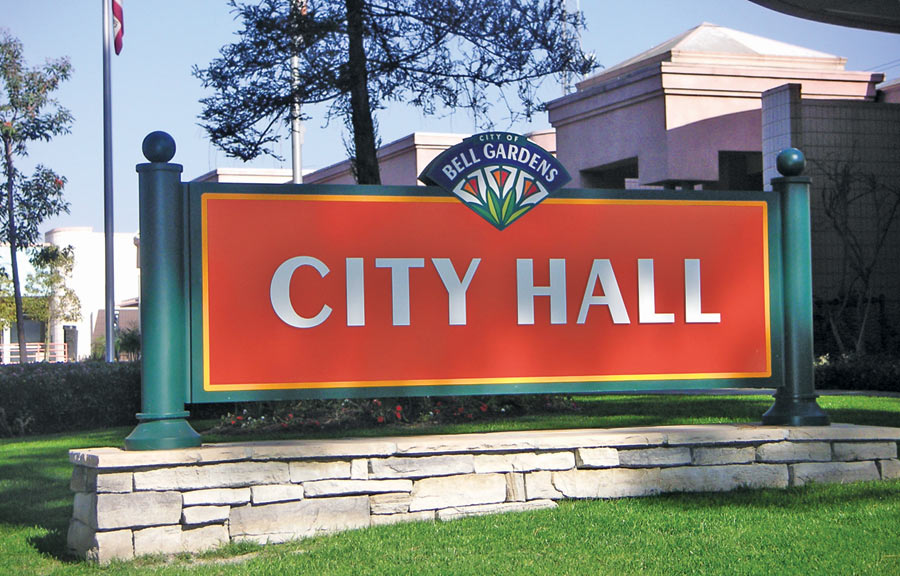
11. In 1810 Antonio Lugo, a 35-year-old corporal in the Spanish army, was given the 29,514-acre (119.44 km2) Rancho San Antonio land grant. The land grant was a reward for his military service during the establishment of the Franciscan Missions in California while being the attendant of colonization for the area.
12. Today, the grant includes the cities of Bell Gardens, Bell, Maywood, Vernon, Huntington Park, Walnut Park, Cudahy, South Gate, Lynwood and Commerce.
13. Antonio Lugo built several adobe homes within the boundaries of the Rancho San Antonio grant, and raised cattle. One of the adobe houses, built in 1795, is the oldest house in Los Angeles County and is still standing at 7000 Gage Avenue.
14. Lugo was given a term as Mayor of Los Angeles. According to Dr. Roy Whitehead in his book Lugo, “Don Antonio Maria Lugo…rode around Los Angeles and his Rancho San Antonio in great splendor. He never adopted American dress, culture or language and still spoke only Spanish. He rode magnificent horses, sitting in his $1,500 silver trimmed saddle erect and stately, with his sword strapped to the saddle beneath his left leg…People knew him far and wide, and even the Indians sometimes named their children after him, as he was one Spanish Don that they admired.” Antonio María Lugo died at the age of 85 in 1860.
15. One of his nine children, Vicente Lugo, married and built a two-story adobe home in 1850, located at 6360 Gage Avenue. A daughter of Antonio Lugo married Stephen C. Foster, Mayor of Los Angeles in 1854, and lived in an adobe house just east of 6820 Foster Bridge Road, now a parking lot.
16. A granddaughter of Antonio Lugo married Wallace Woodworth, an early-day merchant and civic leader in Los Angeles. Their eldest son, Joseph Woodworth, built a two-story colonial style house at 6820 Foster Bridge Road in 1924.
17. The land’s original adobe dwelling was built in 1795 and named Casa de Rancho San Antonio by Lugo. When Henry T. Gage, a lawyer who married Antonia Lugo’s granddaughter Frances V. Rains, occupied the residence, he added two wings and redwood siding, installed bronze fireplaces, and imported expensive fabric wallpaper from France to serve as background for the Gage coat of arms, which enjoys a place of prominence in every room.
18. The Bell Gardens’ school system began in 1867 when the San Antonio School was built where Bell Gardens Elementary stands today. Area farmers sent their children to the San Antonio School, which was one of the earliest educational institutions in the County of Los Angeles.
19. Because of the rich soil, many Japanese immigrants are part of Bell Gardens’ early history. Japanese gardeners leased land and farmed to produce quality vegetables for the marketplace. Rice fields also mushroomed within the city limits of Bell Gardens. With some of the richest agricultural land in the country, Bell Gardens remained a farming community until the 1930s.
20. Beginning in the 1930s, cheap homes were constructed, filled largely by defense plant workers. In 1927, Firestone Tire Company bought some of the land at $7,000 an acre. By 1900, Bell Gardens was divided into tracts of 40 to 100 acres (0.40 km2).
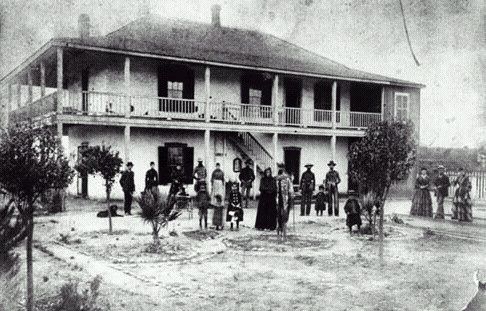
21. The land adjoining the City of Bell became known as Bell Gardens. Both Bell Gardens and Bell are named for James George Bell. In 1930, O.C. Beck purchased property and begins to build affordable homes for those suffering through the depression era. It was during this period that the area was known as ‘Billy Goat Acres’. To this day, Bell Gardens is affectionately known by this moniker.
22. World War I and World War II brought defense plants to the area that helped build the economic stability and the population, which led to construction of new homes, more schools, and a prosperous business climate.
23. This land used to be floodplains, farmlands split into long, narrow plots by depression-era developers. Tiny houses were sold and rented to Oakies, the Cherokee, and the Cree, forced from their homes by dust bowls and Manifest Destiny. By the 1980s, high-wage factories had left, taking with them virtually all of the whites and many of the blacks. In their places—coming from the Mexican states of Michoacan, Jalisco, Sinaloa, and Zacatecas— were large families of immigrants. Latinos moved here for work and some brought their small businesses.
24. Thousands of Central Americans fleeing civil wars in the 1980s also came to the region and created small businesses and worked in the same service industry jobs.
25. By the 1990s, Colmar Elementary changed its name to Cesar E. Chavez Elementary and 85 percent of the residents of Bell Gardens were Hispanic.

